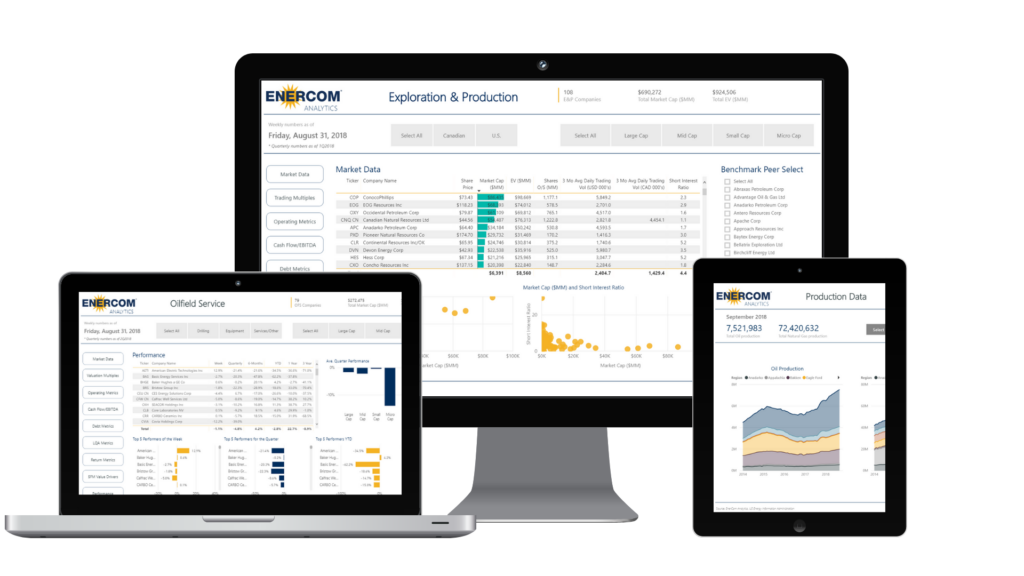In its May Short-Term Energy Outlook (STEO), the U.S. Energy Information Administration (EIA) expects Brent crude oil prices will average $34 per barrel (b) in 2020 and $48/b in 2021. Although market outlooks are subject to many risks, the May STEO remains subject to heightened levels of uncertainty because the effects on energy markets of mitigation efforts related to the 2019 novel coronavirus disease (COVID-19) are still evolving.

Despite the April agreement between the Organization of the Petroleum Exporting Countries (OPEC) and partner countries (OPEC+) to reduce production levels through the end of 2022, crude oil prices have remained at some of their lowest levels in more than 20 years. EIA expects that global liquid fuels inventories will grow by an average of 2.6 million barrels per day (b/d) in 2020 after falling by about 0.2 million b/d in 2019. EIA expects global inventory builds will be largest in the first half of 2020, rising at a rate of 6.6 million b/d in the first quarter and increasing to builds of 11.5 million b/d in the second quarter because of widespread travel limitations and sharp reductions in economic activity. After the first half of 2020, EIA expects global consumption to increase, leading to inventory draws for at least six consecutive quarters and putting upward pressure on crude oil prices (Figure 1).

As with the March and April STEO forecasts, EIA analyzed reductions in global oil demand by evaluating three main drivers: lower economic growth, less air travel, and other declines in demand not captured by these two categories, largely related to reductions in travel because of stay-at-home orders. Based on incoming economic data and updated assessments of lockdowns and stay-at-home orders across dozens of countries, EIA has lowered its forecasts for global oil demand in 2020. EIA forecasts global liquid fuels consumption will average 92.6 million b/d in 2020, down 8.1 million b/d from 2019. EIA forecasts both economic growth and global consumption of liquid fuels to increase in 2021. Any lasting behavioral changes to patterns of transportation and other forms of oil consumption once COVID-19 mitigation efforts end, however, present considerable uncertainty to the increase in consumption of liquid fuels, even if gross domestic product (GDP) growth increases significantly.
OPEC+ agreed to new production cuts in early April that will remain in place throughout the forecast period. EIA assumes OPEC members will mostly adhere to announced cuts during the first two months of the agreement (May and June) and that production compliance will relax later in the forecast period as stated production cuts are reduced and global oil demand begins growing. EIA forecasts OPEC crude oil production will fall below 24.1 million b/d in June, a 6.3 million b/d decline from April, when OPEC production increased following an inconclusive meeting in March. If OPEC production declines to less than 24.1 million b/d, it would be the group’s lowest level of production since March 1995. The forecast for June OPEC production does not account for the additional voluntary cuts announced by Saudi Arabia’s Energy Ministry on May 11.
EIA expects OPEC production will begin increasing in July 2020 in response to rising global oil demand and prices. From that point, EIA expects a gradual increase in OPEC crude oil production through the remainder of the forecast, and EIA expects production to rise to an average of 28.5 million b/d during the second half of 2021.
EIA forecasts the supply of non-OPEC petroleum and other liquid fuels will decline by 2.4 million b/d in 2020 compared with 2019. The steep decline reflects lower forecast oil prices in the second quarter, as well as the newly implemented production cuts from non-OPEC participants in the OPEC+ agreement. EIA expects the largest production declines in 2020 to occur in Russia, the United States, and Canada.
In 2021, EIA expects production of non-OPEC petroleum and other liquid fuels to increase. Production in countries that have implemented voluntary production cuts will generally rise in 2021 as global oil demand recovers. However, EIA forecasts production to continue to decline in the United States, where production is driven by price-sensitive shale operators.
EIA expects the steepest declines in U.S. crude oil production will be in the second quarter of 2020; during those three months, EIA forecasts monthly declines to average 0.5 million b/d. EIA expects production to continue declining, albeit at a slower rate, through March 2021, when production bottoms out at 10.7 million b/d, which would be 2.1 million b/d lower than the record monthly production reached in November 2019. EIA expects production to rise modestly through the end of 2021 in response to rising crude oil prices. EIA forecasts annual average crude oil production to be 11.7 million b/d in 2020 and 10.9 million b/d in 2021.
The decline in U.S. crude oil production in 2020 and 2021, combined with rising U.S. liquid fuels consumption, results in the United States again importing more crude oil and petroleum products in the third quarter of 2020 than it exports, and remaining a net importer in most months through the end of the forecast period.
U.S. average regular gasoline price rises, diesel price falls
The U.S. average regular gasoline retail price rose more than 6 cents per gallon from the previous week to $1.85 per gallon on May 11, $1.02 lower than the same time last year. The Midwest price rose nearly 18 cents to $1.75 per gallon, the East Coast price rose more than 2 cents to $1.82 per gallon, and the West Coast and Gulf Coast prices each rose more than 1 cent to $2.45 per gallon and $1.50 per gallon, respectively. The Rocky Mountain price fell nearly 1 cent to $1.76 per gallon.
The U.S. average diesel fuel price fell nearly 1 cent to $2.39 per gallon on May 11, 77 cents lower than a year ago. The Rocky Mountain price fell more than 2 cents to $2.35 per gallon, the East Coast price fell more than 1 cent to $2.50 per gallon, and the Midwest price fell nearly 1 cent to $2.24 per gallon. The Gulf Coast price rose nearly 1 cent to $2.18 per gallon, and the West Coast price rose less than 1 cent to $2.90 per gallon.
Propane/propylene inventories rise
U.S. propane/propylene stocks increased by 2.2 million barrels last week to 61.6 million barrels as of May 8, 2020, 8.2 million barrels (15.3%) greater than the five-year (2015-19) average inventory levels for this same time of year. Midwest inventories increased by 1.0 million barrels, East Coast inventories increased by 0.8 million barrels, and Gulf Coast and Rocky Mountain/West Coast inventories each increased by 0.2 million barrels.







